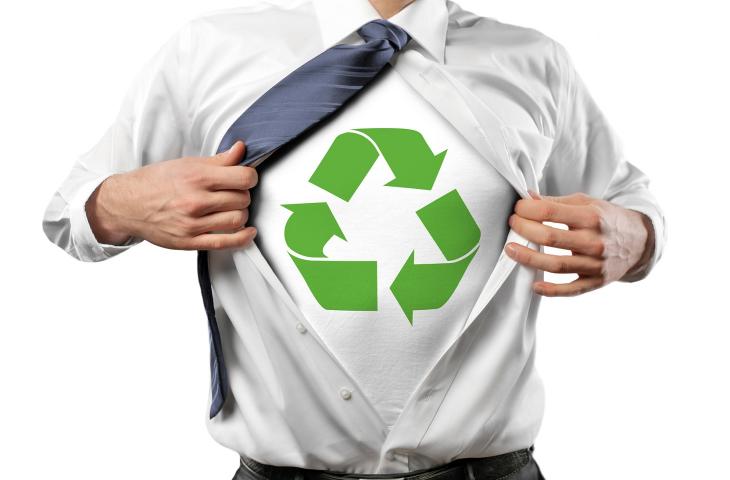MILAN – Recycling is synonymous with commitment. The products we find on the supermarket shelves, in many cases very similar to each other, actually very often and quite blatantly have big differences in the composition of their materials and as a result, the consumer must pay more attention when separating waste. On arriving at recycling centers, some plastic products may end up not being accepted, because of their composition. In fact, there are plastic materials which may be returned to the sender after their composition is checked. There are some specific reasons for this and in certain cases there is a need to refresh our knowledge with a short lesson on chemistry.
The process
In a process called polymerization, the plastics are created with components of unrefined natural gas. This process of ‘cracking’ creates hydrocarbon monomers, which are linked with each other in long chains. There are two groups of plastic materials: thermoplastics (the largest group) and thermosets (the smallest group). The materials in the first group, once formed, can be reheated and reformed, again and again. But what do the numbers on the bottom of the containers mean? The numbers differentiate the types of plastic containing various kinds of resin. Discover the commonest types:
# 1 for polyethylene terephthalate (PET)
Commonly used in the food industry and in the production of bottles, PET is tough, 100% recyclable and does not alter the characteristics of the product.
# 2 for high-density polyethylene (HDPE)
This is a rigid resin, hard and strong, of a natural milky color and distinguished by its very high durability.
# 3 for polyvinyl chloride (PVC)
Durable PVC and chemically resistant containers. It is mainly used in containers for household products, like soap and detergent, chemical products and items for personal care.
# 4 for low-density polyethylene (LDPE)
Excellent for the production of plastic bags. Widely used in the production of lines and cables.
# 5 Polypropylene (PP)
Used in the production of ketchup bottles, yogurt containers, medicine bottles, syrup bottles and casings for car batteries.
# 6 Polystyrene (PS)
This is a polyesterol. It comes in many forms, from egg boxes to containers for meat and salad cartons.
by editorial staff











